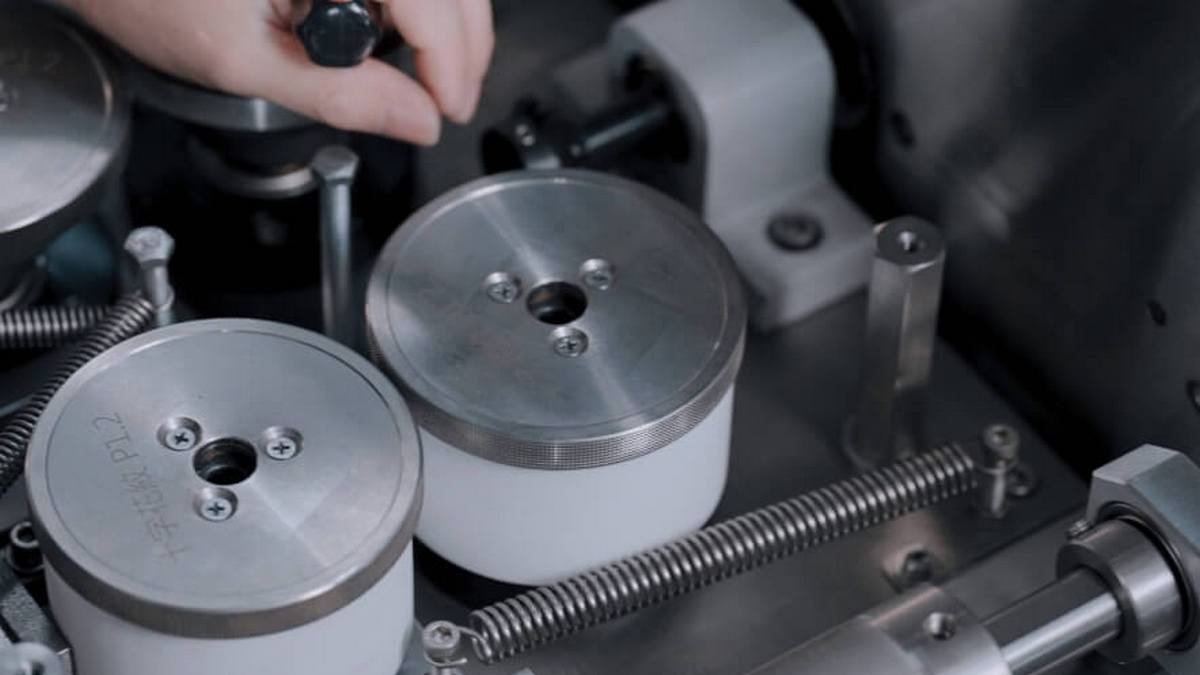What is Artificial Intelligence (AI)? At present, in which life scenarios has artificial intelligence been used? How will it change the future? Artificial intelligence is the power of the new era. In the future, there will be no modern industries that have nothing to do with artificial intelligence. Artificial intelligence (AI) has illuminated the prospects of a new generation of technology. Since then, people have quickly used huge amounts of data to analyze and carry out machine learning. solution, leading to the best decision. How does this technology work and drive the development of other new technologies? What are the development trends of artificial intelligence?
What is Artificial Intelligence AI?
What is Artificial Intelligence (AI)? The definition of AI artificial intelligence is to enable systems or computer equipment to have the ability to simulate human thinking patterns, logic and behavior, and to continuously correct and evolve through the process of data analysis. Simply put, artificial intelligence is a technology that allows computers to think and execute strategies as human as possible.
Since humans can think, why do we need artificial intelligence? In fact, the ability of humans to further interpret and analyze data is no longer comparable to the existing huge amount of data - at this time, artificial intelligence can be hired to do it. Artificial intelligence goes through the stages of perception, learning, reasoning, and correction, digs deep into a large amount of data, performs complex and tedious tasks, and helps humans break through limitations and cross the boundaries of past research and applications.
The world has experienced three waves of artificial intelligence.
- The first wave of artificial intelligence (1950 to 1960): Symbolic logic, telling the computer “Human thinking logic"; human beings can't figure out their own thinking process and ultimately fail.
- The second wave of artificial intelligence (1980 to 1990): Expert system, telling the computer “All the knowledge of human beings"; human beings can't answer all questions, write rules, and ultimately fail.
- The third wave of artificial intelligence (2010-present): machine learning, telling computers “What people see"; in development.
After two setbacks, in the third wave of artificial intelligence, scientists developed a "machine learning" method, which finally made a breakthrough in AI technology. Later, humans found "deep learning" technology from the experience of machine learning, and the third wave of AI began to make great progress.
In the third wave of AI, experts have turned their attention to the fact that graphics processing units (GPUs) are more suitable for deep learning than the central processing units (CPUs) of the past. At the same time, Nvidia, a major GPU manufacturer, has become a powerful assist for deep learning. By improving hardware equipment and exerting powerful computing power, it has helped the explosion of AI deep learning energy.
What is the difference between machine learning and deep learning?
- Machine Learning (ML): Humans define features, allowing machines to identify rules by themselves from a large amount of data and experience, and finally make predictions and decisions.
- Deep Learning (DL): The computer automatically defines features and finds rules. Deep learning uses multi-layered huge neural networks with more advanced training technology and computing power to learn more complex big data, such as recognizing images and speech.
Six Trends Driving the Future of AI
It is inevitable that artificial intelligence is sweeping industries around the world and changing our lives. However, under this umbrella of AI, there are six major trends that have been most prominent in recent years.
- Rapid Growth of Reinforcement Learning
Since AlphaGo developed by DeepMind defeated the Korean chess player Lee Sedol in Go in 2015, the proportion of reinforcement learning mentioned in artificial intelligence-related research papers has grown from 4.7% at that time to 20% after 2020. Now, reinforcement learning is also gradually creating huge value in various industries. Google's data centers use this technology to reduce energy consumption by more than 50%.
- AI-Driven Business Decisions
Although the wisdom of AI is based on data, the so-called AI-driven and data-driven are actually very different. The former focuses on data, while the latter is the ability to process data. Now in 2020, AI is involved in more business decisions that would otherwise be the task of decision makers, ranging from operations, marketing and sales, and even design. Artificial intelligence will gradually become the only link between data and business decisions.
- RPA Penetration Increases
Process automation, also known as RPA (Robotic Process Automation), is the most frequent application of artificial intelligence. In a study of 152 AI use cases, it was found that nearly half of the cases in the industry are based on RPA. In recent years, due to the gradual maturity of the technology, the penetration of RPA will greatly increase in most industries, completing many of our existing tasks at a near-zero error and high-efficiency rate.
- AI Will No Longer Be So Reliant on Big Data
In the past, training a deep learning model based on neural network often required a very large amount of data, but such data is not so easy to obtain in many fields such as medical treatment. This is why researchers often use certain data augmentation techniques, such as turning the same photo over, to increase the amount of existing data. However, with the increasing maturity of GAN technology, research in many fields can directly simulate new data, so that many meaningful models can be built in environments with only a small amount of data.
- Ethical AI and AI Trustworthiness
Based on our many controversial developments in AI, such as simulating other people's voices and videos, or AI-driven surveillance systems, etc., as well as our fears about the potential of AI, how to humanely develop artificial intelligence technology is also gradually Gain momentum in academic research. Among them, developments such as explainable artificial intelligence and transparent AI decision-making are enhancing the trustworthiness of AI for users and consumers. At the same time, many policies and industrial norms are gradually echoing this trend.
- More Relevant Interaction Models
The AI-driven interaction model Cognitive Engagement, often translated as cognitive investment, is driven by breakthroughs in NLP research and the maturity of neural networks, and now has very complete applications in various fields. For example, a chatbot for 24-hour customer service, a product and service recommendation system that provides a personalized experience through communication, or an intelligent assistant that combines an expert system to work with professionals, AI will be used in many fields in the future. interact with users.







.jpg)






